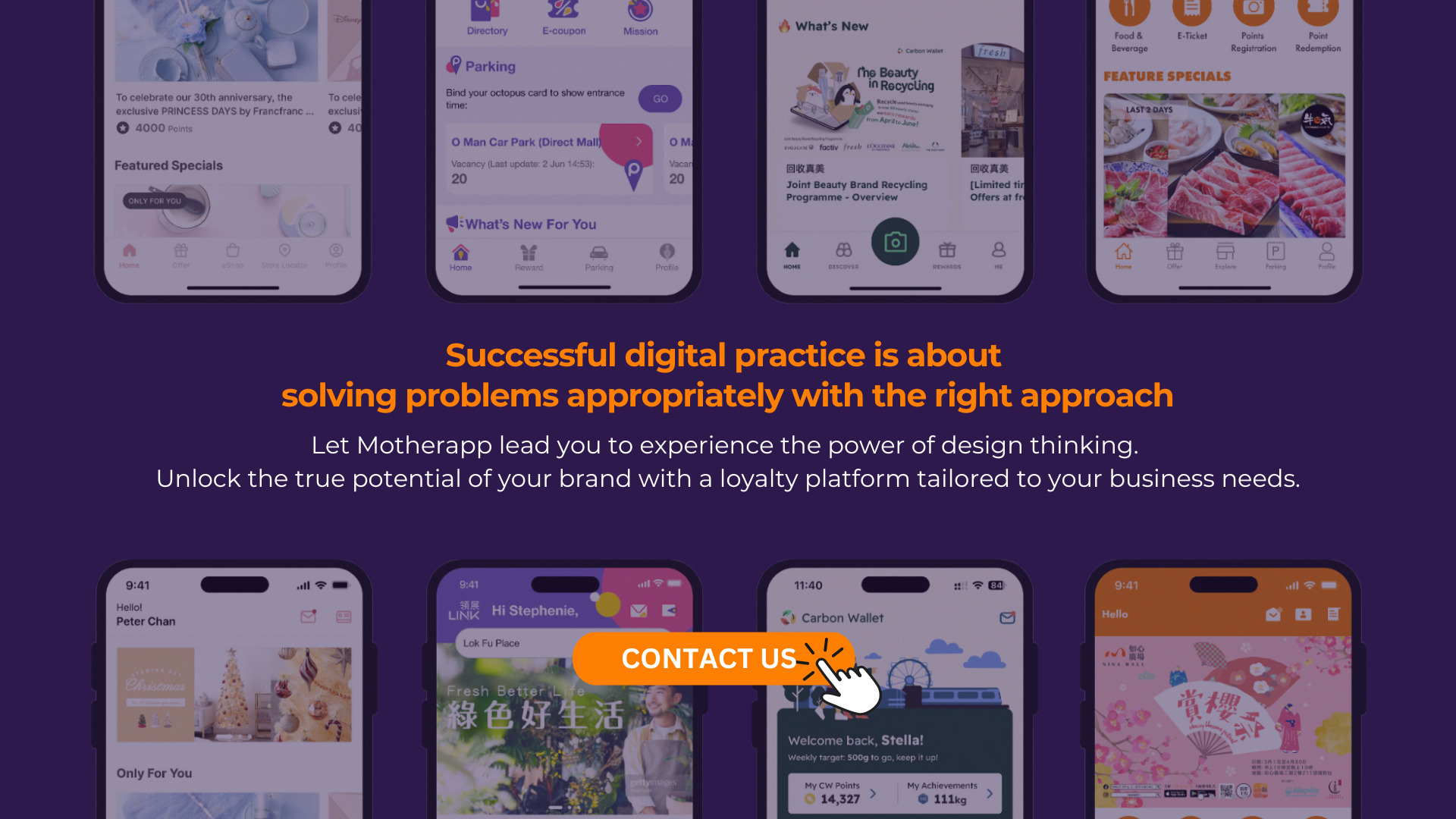Table of Contents
- What is Clienteling?
- Main Components of Retail Clienteling
- Why is Clienteling Important?
- Benefits of Retail Clienteling
- Challenges of Retail Clienteling
- Keys to Better Clienteling
What is Clienteling?
Definition of clienteling
Clienteling is a personalized retail strategy that uses customer information to build stronger, long-lasting relationships between brands and their customers.
By analyzing individual preferences, shopping behaviors, and purchase histories, brands and front-line staff can deliver highly tailored experiences that boost customer loyalty and drive sales.
Where does clienteling happened?
- Stores where personalized service matters.
Clienteling is particularly effective in retail stores where personalized service significantly impacts the customer’s purchasing decisions.
- Luxury fashion
This is particularly true in places like luxury fashion, high-end accessories, beauty or skincare boutiques—where communications and purchasing experiences directly impacts conversion rate and average order value.
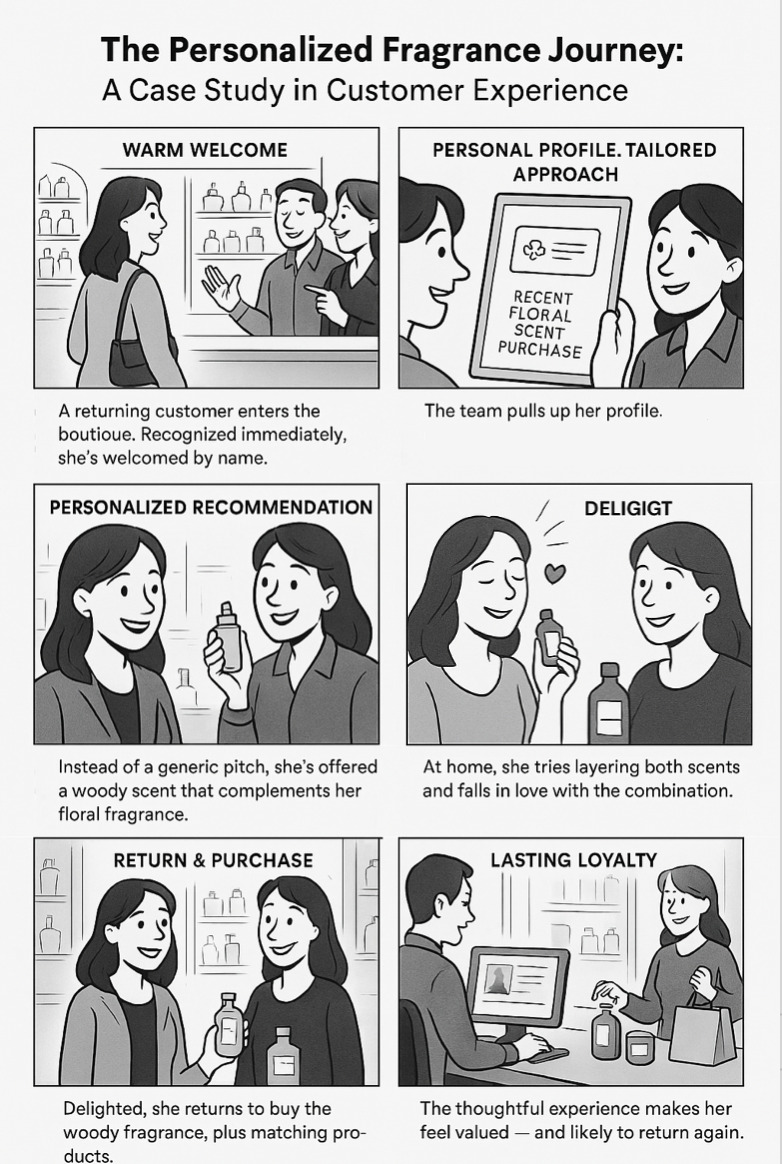
Example
For example, a customer walks into a fragrance boutique. The sales associates immediately recognize and greet her. The associates pull up the customer’s profile. They noticed that she recently bought a floral scent online. Therefore, instead of offering a generic introduction, the sales team members suggest a new scent with woody notes that complement her previous choice. The associate gives her a sample to take home and records the interaction in the system for future reference.
>The customer tries the new scent at home and combines it with her floral fragrance. She loves the unique blend and returns to the store a few days later. This time, she purchases the woody fragrance, along with a matching candle and body wash. She feels valued due to the personalized service and leaves the store happy, and plan to return next time.
This personalized approach not only enhances the shopping experience but also increases purchasing opportunities and boosts the value of each transaction.
Main components of retail clienteling
At its core, clienteling is about using customer data to uncover insights that the customer might not even be aware of, and then offering personalized suggestions and services.
This process involves 2 key components:
1. O2O (online to offline) Data Integration
- Pain point: Data Fragmentation
One of the biggest challenges for retail clienteling is data fragmentation.
Motherapp has found that this is the first—and often the most critical—pain point brands face when they begin their retail clienteling strategies.
Customer information are often scattered across different platforms. Therefore, brands are difficult to consolidate and use this information effectively.
- Solution: Unified CRM for Seamless Data Integration
Motherapp’s CRM system bridges this gap by integrating customer data from online and offline into one centralized system. We empowers retail teams with a complete customer view.
2. Personalized Recommendations
Once customer data is gathered, the next step is using it to craft unique, personalized experiences.
- Know your customer ahead
With complete customers’ information, the sales associate already “knows” the customer before saying a word—even if it’s their first interaction!
From purchase history to their birthday, age, preferences, and interests, these details help staff quickly understand the customer and adjust their sales approach.
- Make every interaction meaningful
When sales associates understand their customers more deeply, it easier for them to create more personalized and more engaging interaction with their customers.
According to Brunello Cucinelli, customers spend between 10 to 35 minutes per visit in their stores. In other words, every interaction is precious!
Within this short time, creating a unique experience that makes customers feel personal and special can lead to a potential sale and even repeat purchases.
Why is clienteling important?
Clienteling is more than just customer service.
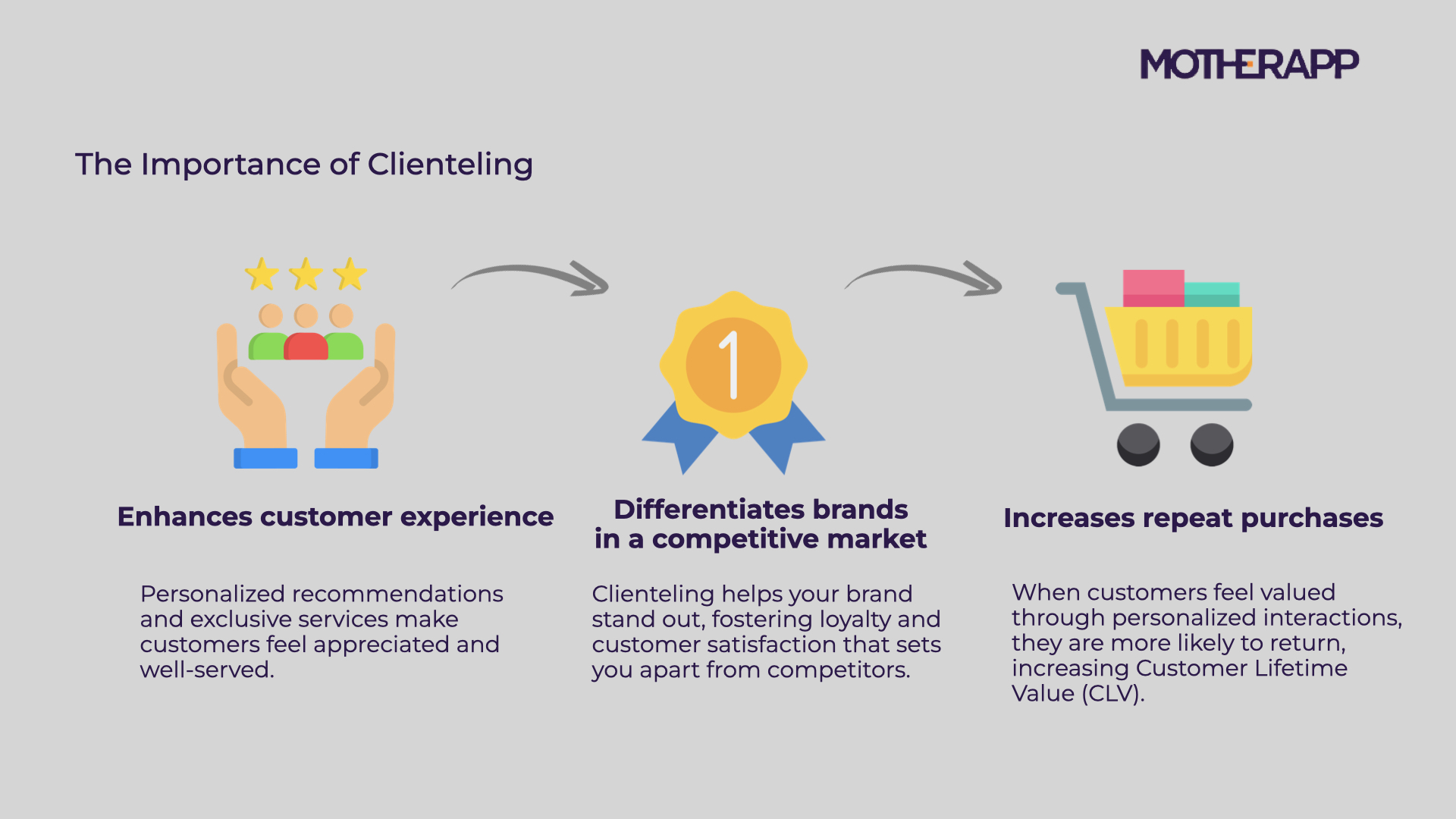
The importance of Clienteling
Deeper Insights about Clienteling:[How Clienteling Helps You Thrive in a Downturn?]
Benefits of retail clienteling
Achieve Higher Conversion Rates in Personalized Retail Strategies,
According to Retail TouchPoints, the average conversion rate for brick-and-mortar stores is around 20-40%. On the other hand, according to Statista, the average conversion rate of e-commerce sites across all selected sectors stood at just over 2%…
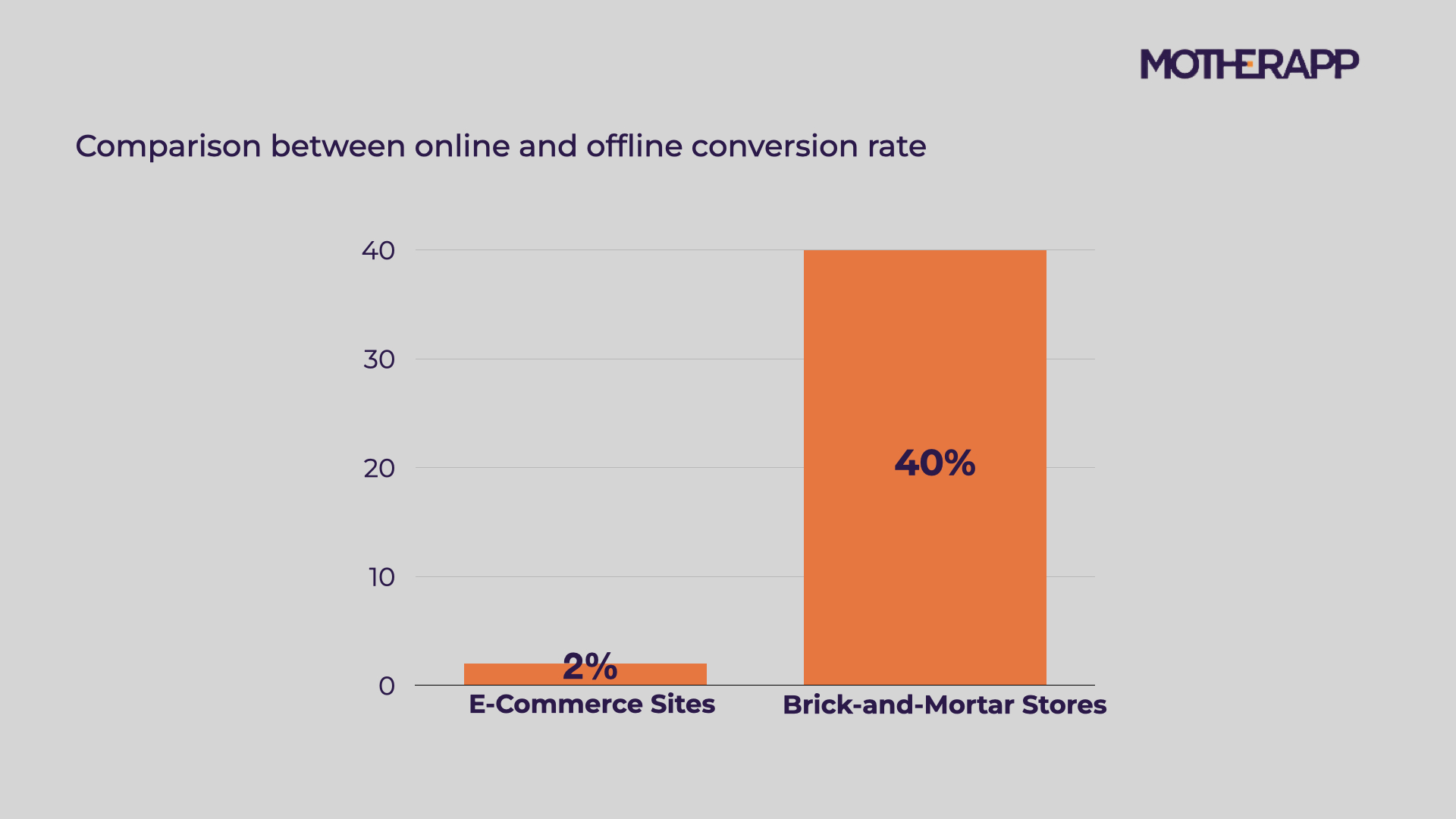
The conversion rate of offline stores is much higher than the conversion rate of online stores.
This data highlight a clear advantage for physical stores—they offer significantly higher conversion rates compared to online channels.
Therefore, this is why investing in personalized retail strategies is not just beneficial—it’s essential!
Maximize the Value of In-Person Interactions
Operating physical stores comes with considerable costs. Rent, staffing, and day-to-day operational expenses can be a heavy burden, especially for brands with multiple locations.
To justify these costs and drive profitability, it’s crucial to make every customer interaction count.
With the right tools and insights, staff can build stronger relationships, make relevant recommendations, and enhance customer satisfaction.
Drive Higher Average Order Value (AOV)
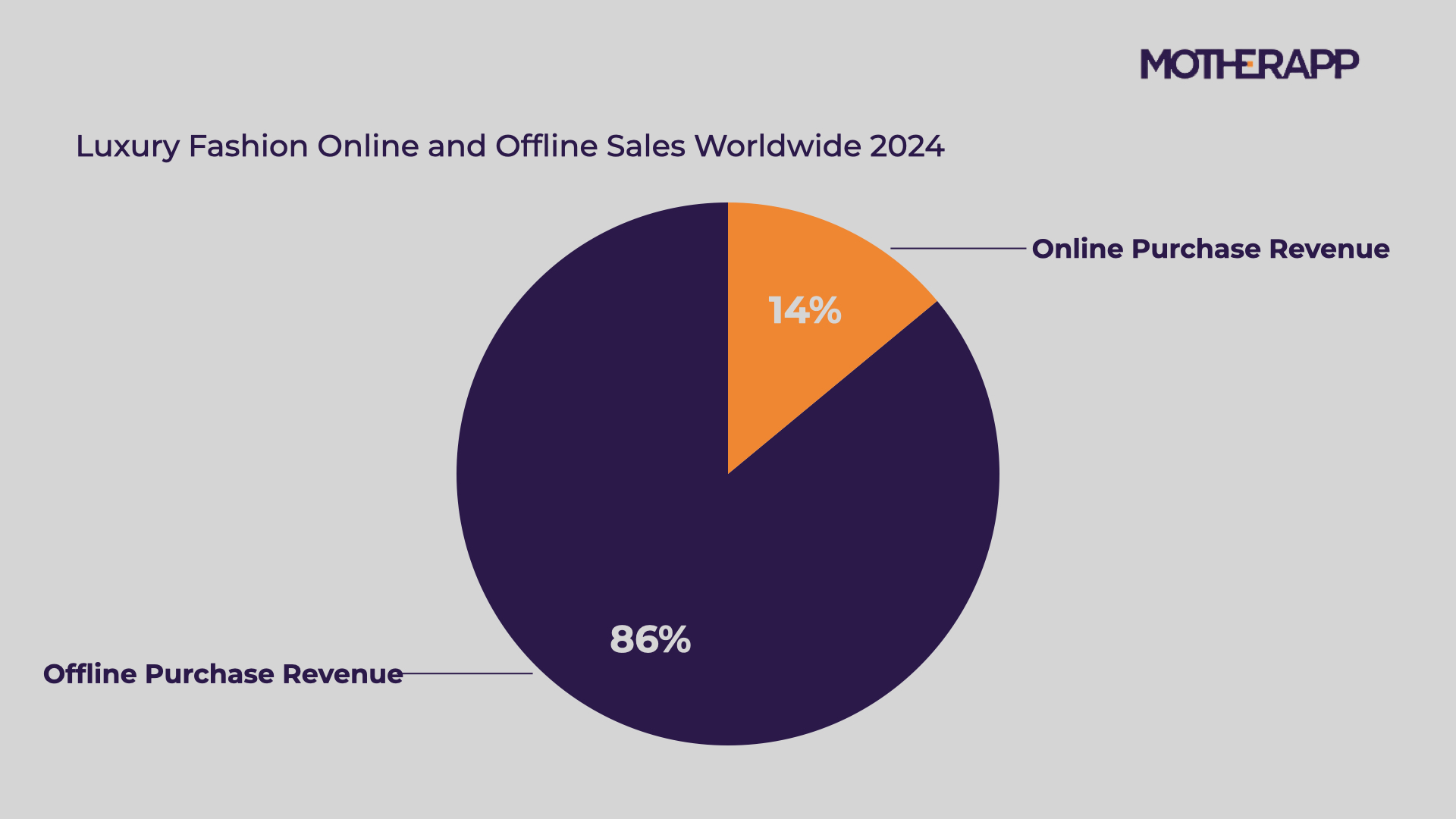
In luxury fashion retail worldwide, offline purchases account for the largest revenue share, with nearly 86 percent. Contrastingly, revenue generated online accounted for around 14 percent. Data Source: Statista
According to Statista, in luxury fashion, over 80% of revenue comes from offline customers. It reflects that not only do brick-and-mortar stores have higher conversion rates, but these conversions contribute significantly to overall revenue.
As a result, by mastering retail clienteling strategies, retailers can easily boost the value of every transaction.
When interactions are tailored to the customer’s preferences and needs, opportunities for upselling and cross-selling emerge naturally, driving a higher average order value (AOV).
Challenges of Retail Clienteling
While we understand the importance of clienteling and its benefits, businesses often encounter several challenges when develop their personalized retail strategies,
- Struggling to integrate data across online and offline channels
Integrating data from various sources (stores, e-commerce, and etc.) while maintaining consistency is a significant pain point for brands.
We understand that businesses need systems that can streamline this process, ensuring data accuracy and accessibility across all touchpoints.
- Falling into Data-to-Action Gap
Many retailers lack the necessary infrastructure to effectively analyze data and automate personalized recommendations.
What the frontline sales team members need is real-time data that is easy to navigate.
Motherapp is the right tools should provide detailed insights that enable frontline staff to respond quickly to customer needs and offer relevant solutions in the moment.
- Encountering issues with O2O (Online-to-Offline) integration
Motherapp knows that customer loyalty programs created at headquarters can sometimes increase the workload for retail store teams.
For instance, when marketing strategies are too complex or difficult to implement, in-store teams may reject them. This leads to a disconnect between online and offline efforts, missing valuable opportunities.
We have years of experience in customer data management for retailers. Our solutions ensure smooth coordination in O2O (online to offline) channels, helping retailers create seamless, efficient customer engagement.
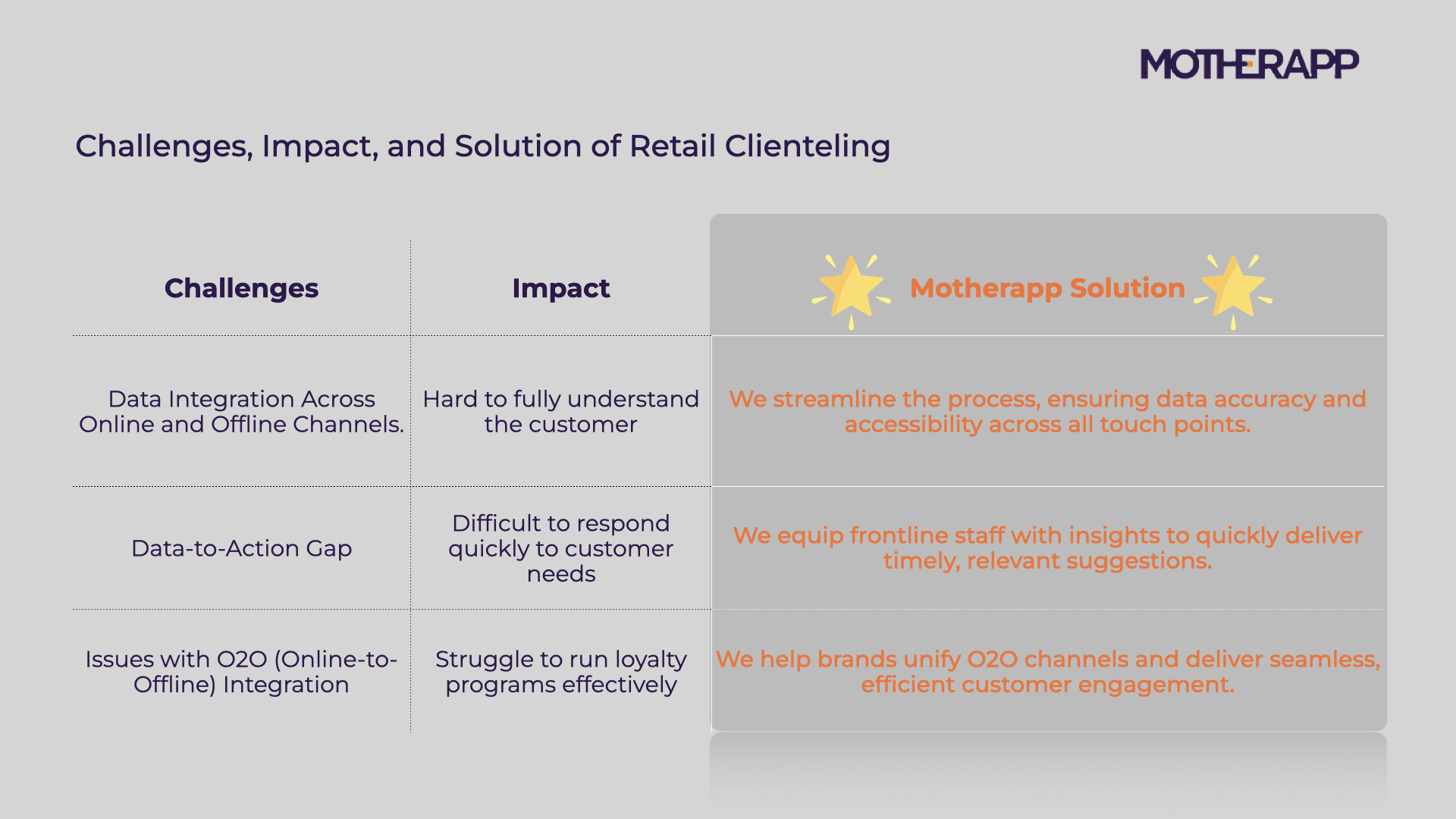
MotherApp solution addresses specific the pain points for retailers.
Keys to Better Clienteling
How Motherapp Helps Retailers Master Clienteling
- Centralized Customer Database
Motherapp empowers businesses to create a centralized customer database for effective clienteling. By consolidating data from all touchpoints, it ensures real-time access to customer insights, allowing sales teams to provide personalized service and make tailored recommendations during face-to-face interactions. - Tailored O2O solutions to bridge online and offline channels.
Motherapp’s Customer Loyalty Platform bridges the O2O gap with a seamless CRM and loyalty solution across all customer touchpoints. Our 100% white-label tool is customizable to your needs, offering real-time interactions and a powerful loyalty engine. This integration enhances customer engagement, boosts retention, and streamlines both online and offline operations. - Real-time insights for frontline staff to improve customer engagement.
Motherapp empowers both back-office teams and frontline staff to use the customer data for better interactions. Frontline employees receive real-time, relevant insights, enabling them to provide personalized service during in-store engagements.
MORE CASE STUDIES
EGL Tours – The Comprehensive Application of Members’ Behaviours
Club Kapok – Bridging Online & Offline for a Seamless O2O Experience
Francfranc FUN! – Loyalty Program for Affordable Luxury
Link Up – Linking Daily Life with Link Shopping Mall App
Carbon Wallet – Different Use of Loyalty Program
Carbon Wallet Rebranding a Green Lifestyle Community
Contact us now for more professional advice and one-on-one consultation.
Keep up with us – follow us on social media!




